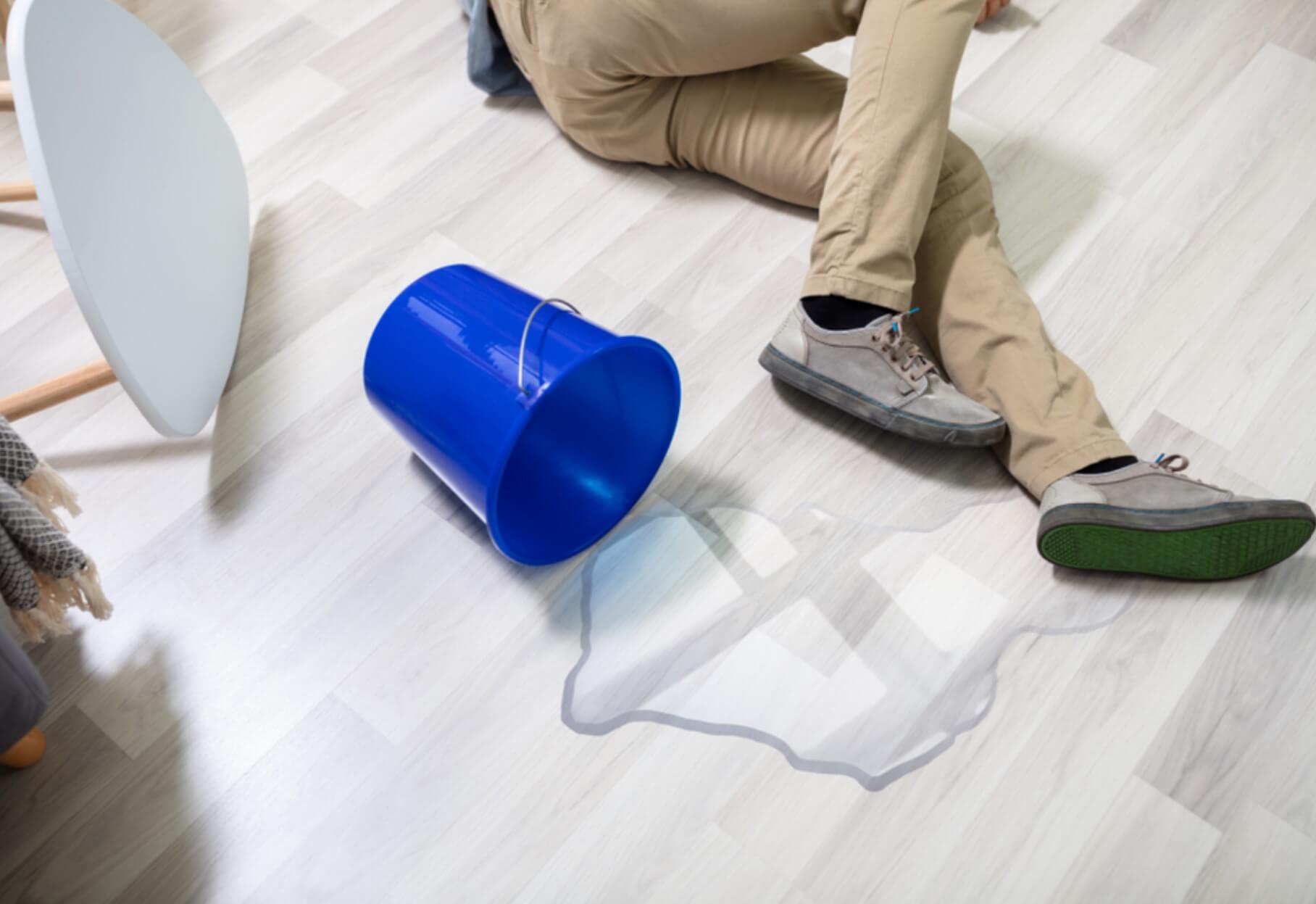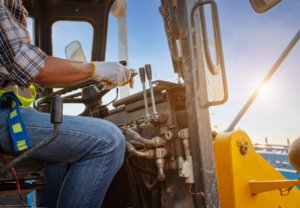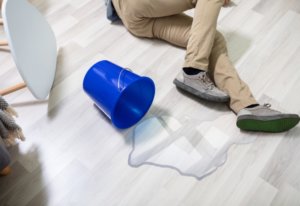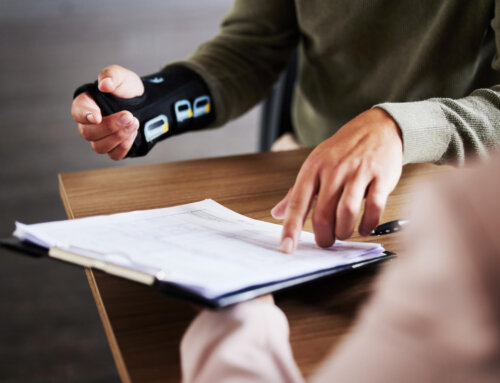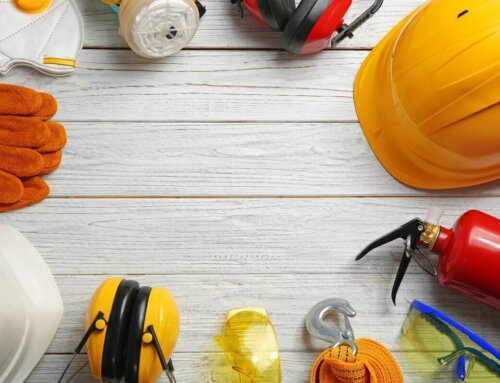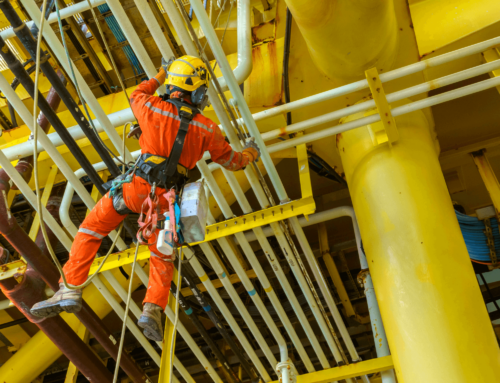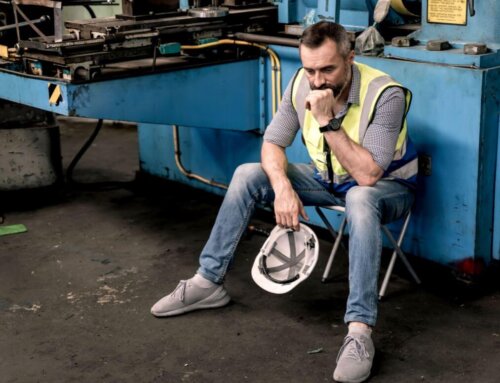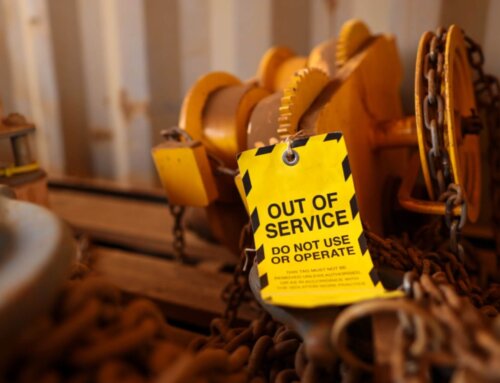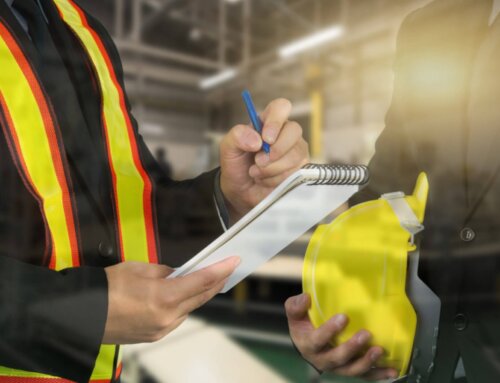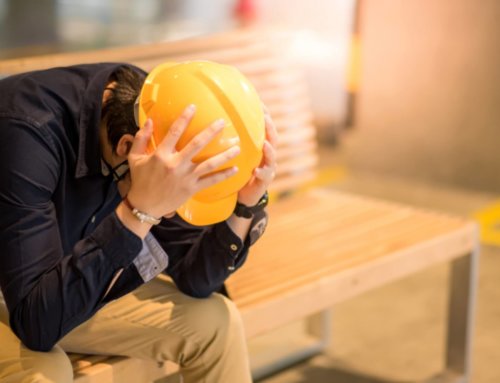To quote the lyrics of Elvis Costello in his 1970s hit song, “Accidents will happen!”
Whilst it is true that prevention of all accidents could only be possible in an ideal world, nevertheless, an employer owes his employees a duty to take reasonable care of their health and safety whilst they are working for him. In other words, an employer must do all he reasonably can to prevent his employees from becoming the victims of accidents at work.
It is not an absolute duty of care – it is a duty to take reasonable care. In case you wondered if ‘a duty to take reasonable care’ was just some meaningless form of legalese, there are in fact four specific areas where an employer has to demonstrate he has exercised the relevant due care and skill in looking after his employees, if is to absolve himself of responsibility for an accident at work involving one of his workforce. The employer must demonstrate he has provided his employees with:
1. Competent staff
You might ask why, having competent work colleagues, has any bearing on your health and safety at work?
The requirement for competence is two-fold.
a) If the employer intends to run a successful business, he will want to employ workers who possess the skills, competence, knowledge, and experience required to do their job, or those who are working towards gaining those skills and who in the meantime are properly supervised.
b) Should an employee not have the necessary competence to do their job, they could put fellow employees at risk. In doing so, the employers duty to provide his employees with a safe working environment is at risk of being breached. An employer is said to be vicariously liable for the negligent acts of his employers.
Two examples of how vicarious liability can make an employer responsible for accidents at work in which one employee suffers injuries as a result of the actions of another employee, are;
a) A forklift truck driver drives into a pile of empty pallets knocking them over and injuring a worker standing nearby. The employer is vicariously liable for the actions of the truck driver. Should the injured employee bring an accident at work compensation claim he could bring it against his employer on the basis of vicarious liability.
b) An employee who was well known to his employers as someone who regularly engaged in horseplay at work, deliberately tripped up a co-worker who fell and broke a wrist. Having knowledge of the offending employee’s past behaviour, the employer should have taken action to prevent similar incidents in the future by disciplining the employee or dismissing him. The injured employee was successful in his workplace accident claim brought against the employer (case of Hudson v Ridge Manufacturing Co Ltd)
2. Suitable plant and equipment
Another common cause of accident at work claims is when employees are provided with less than adequate plant and equipment. ‘Plant’ is defined in thefreedictionary.com as ‘the buildings, fixtures and equipment including machinery, tools and instruments, necessary for an industrial operation or an institution.’
It is fairly logical to expect that if employees are provided with faulty tools, defective stepladders or unstable chairs that collapse when sat on and they suffer injury as a result of the faulty equipment, the employer will be found liable in respect of any personal injury claims brought by the injured workers.
It’s also the responsibility of the employer to ensure that no-one is injured at work due to a failure to maintain or renew equipment. A failure of maintenance or renewal of equipment is likely to be at first instance, a failure by another employee to carry out their specific maintenance responsibilities. As already demonstrated, vicarious liability is likely to mean the company will be held responsible for accidents caused by the failure of their maintenance employees.
Alternatively, not having satisfactory equipment for their employees to use, could be directly due to the management not having a proper system in place for identifying the need for replacement or renewal of plant and machinery.
The employers duty of care to provide suitable equipment has been reinforced by health and safety laws set out in an act of parliament, the Provision and Use of Work Equipment Regulations 1998 (PUWER).
3. A safe system of work
The employer’s duty of care to minimise the risk of his employees suffering accidents at work, includes a requirement that he provides his workers with a safe system of work. In most cases, it will be necessary for the employer to carry out an adequate risk assessment for all the work activities his employees are required to undertake as part of their duties.
A risk assessment designed specifically for the task in hand, will have as its aim, the identifying of the hazards involved in doing that particular type of job.
Once the hazards are identified, a safe system of work must be put together to either eliminate the hazards, if possible, or to at least minimise the risks they pose.
The steps required to carry out the work safely should be recorded, and the system followed precisely, with an appropriate system of monitoring put in place to ensure compliance.
Should an employee get injured as a result of a failure to implement or maintain a safe system of work, it will be difficult for an employer to demonstrate he has taken reasonable care of his employees safety at work.
4. Safe premises
The premises in which employees are required to work must be kept in reasonable condition.
The best way of demonstrating what this means in practice is to consider how the most common types of accident at work, namely slip, trip, and fall accident, are frequently caused. Here are some examples:
- Slip on liquids, coffee, oil, chemicals spilt on the floor and not cleaned up quickly enough
- Slip on carpet or floor covering that has not been secured
- Trip over items left cluttering walkways
- Trip over floor covering that has become loose
- Fall down defective stairs
- Fall over computer cables left training across an office floor
The high incidence of slip, trip and fall accidents at work is staggering given that prevention of these types of incident does not involve complex or expensive health and safety procedures being adopted. This is another area where legislation supplements the employers common law duty of care in the form of the Workplace (Health, Safety and Welfare) Regulations 1992
Mooneerams solicitors are specialist accident at work claims solicitors with over 20 years’ experience. We handle most of our clients accident at work compensation claims on No Win No Fee basis. Call us on 029 2048 3615 or email us at enquiries@mooneerams.com.

